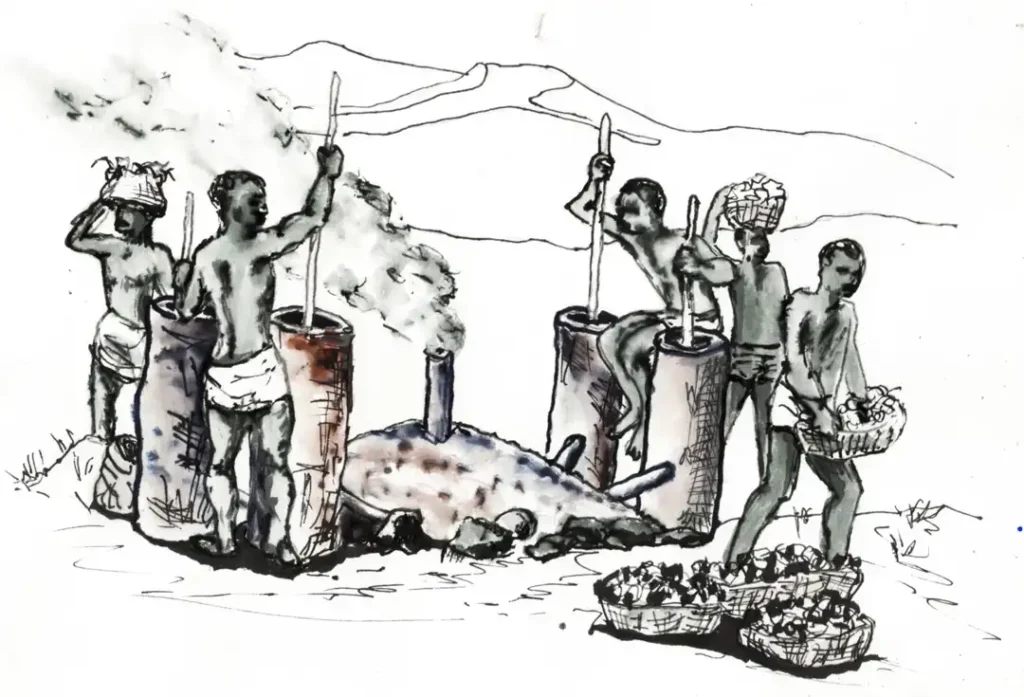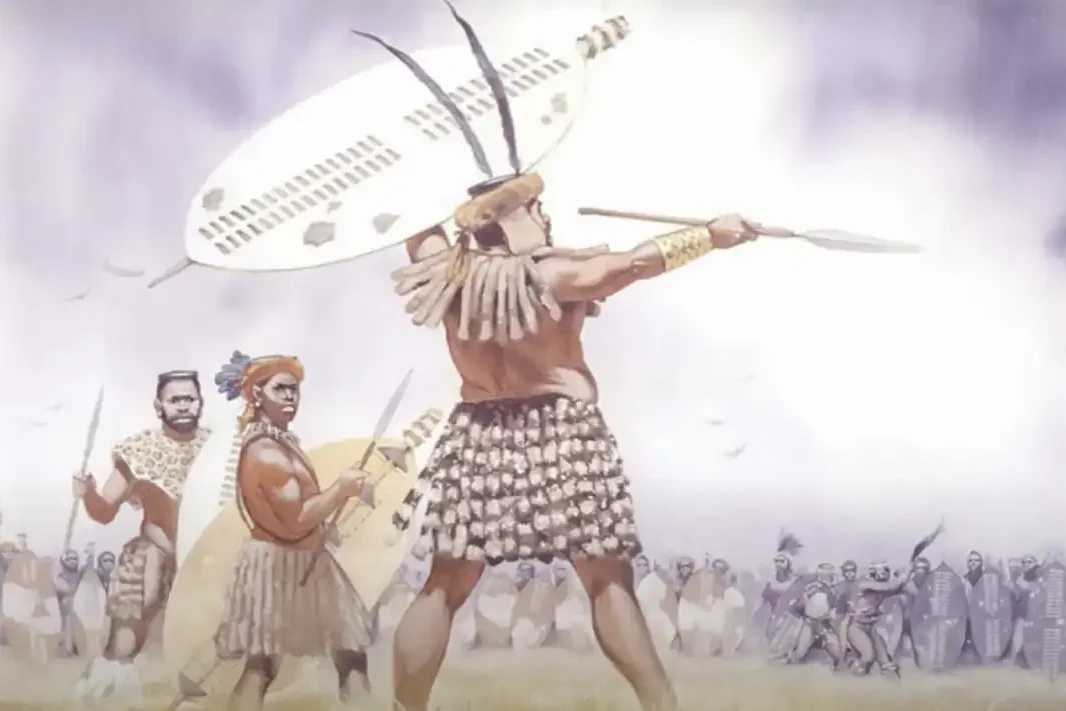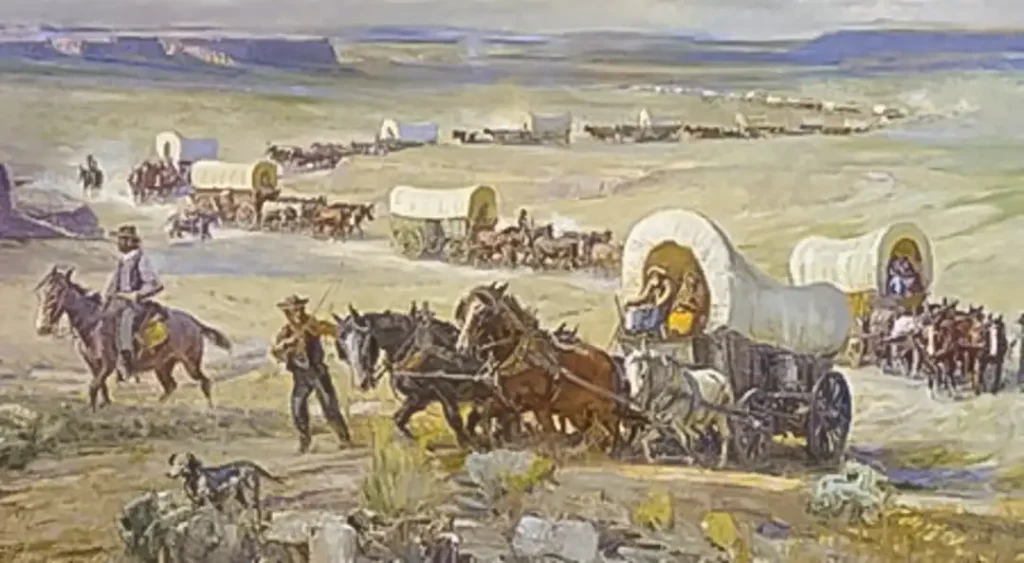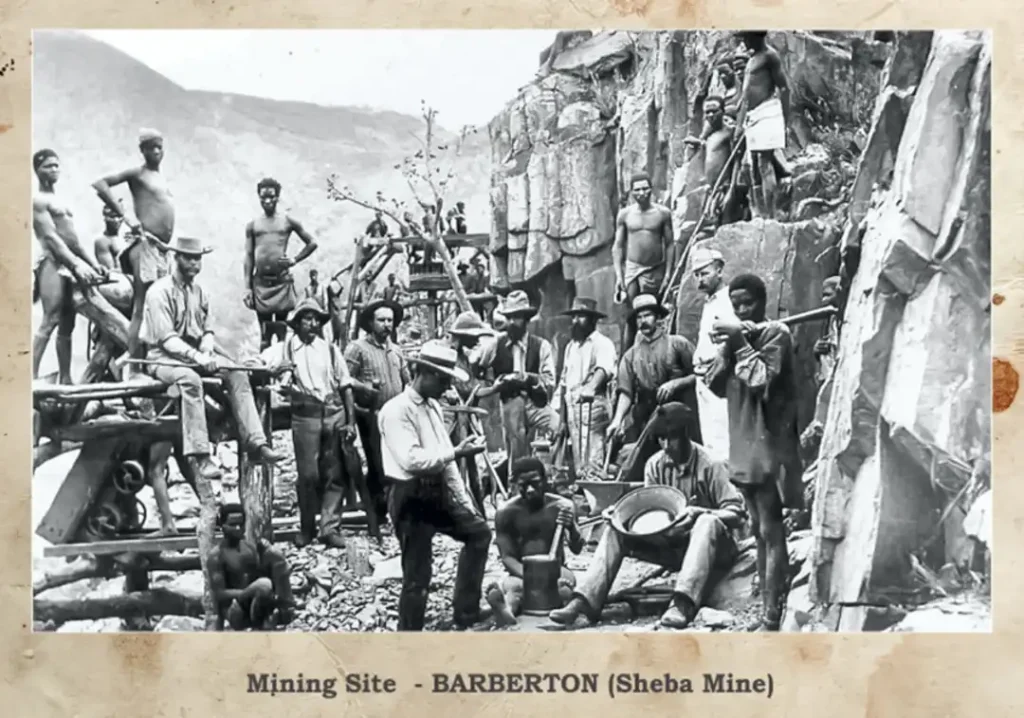White River – A History
Part 1 – In The Beginning…
The Lowveld: a land brimming with mystery, romance, daring ventures and charming eccentricities. It’s a frontier where legends and myths intertwine, giving rise to a captivating history that pulses with adventure, danger, and resilience.
This remarkable region has been home to warriors and wanderers from all walks of life: the fleeing tribes who survived the Mfecane, determined Boer trekkers braving the wilderness, hopeful gold prospectors dreaming of fortune, and relentless big game hunters. Add to those the missionaries, soldiers, conmen and tricksters, farmers, and others who faced many trials including malaria and animal sleeping sickness (nagana), war, and savage wildlife.
The stage is set for a drama that has unfolded over centuries, with unforgettable characters that have shaped this remarkable area, collectively contributing to the rich tapestry that is the Lowveld.

Ancient History
Archeological evidence shows that people have been inhabiting the White River area for thousands of years.
By 620 AD, early Khoisan peoples were already etching their iconic art into the rocks.
Late Iron age people drifted in about 1,000 years ago. There is evidence of copper and iron mines up near Phalaborwa and Lydenburg.

In the mid-1800s, the Swazi chieftains moved into the area, escaping the Mfecane and setting the stage for the next wave of dramatic events.
The Mfecane was a historical period of heightened military conflict and migration. Mfecane means “crushing” or “scattering”.

The Trekboers
Parties from the Great Trek sought to establish a route from the Soutpansberg to the coast at Delagoa Bay. The main parties who attempted this were van Rensburg and Trichardt.

Seeking to be a hero of the Trek, van Rensburg plunged down the escarpment into the Lowveld, but his venture turned into a haunting mystery. His party vanished without a trace, and local tribes hinted at a gruesome massacre.
Thirty years later, a surprising discovery: a young white man and woman who had been living with the Swazi, speaking only the local dialect and remembering nothing of their European roots. Could they, as babies, have been the only survivors of Van Rensburg’s ill-fated expedition?
Meanwhile Louis Trichardt arrived at the Soutpansberg with his party of around 50 people. No word of van Rensburg’s party had come for several months, despite many efforts to find them.
Trichardt faced a brutal journey down the escarpment, and through the Lowveld to Delagoa Bay. After months of trekking and bad route choices, they arrived at Lorenco Marques in April 1838, having travelled through the worst mosquito and tsetse period. Malaria ravaged the humans and nagana took toll of the animals. Over half his group perished, with Trichardt and his wife among the casualties.
Like others before them, they had learned a bitter lesson: the fever belt was a ruthless adversary, especially during the summer months.
Gold Rush
In 1873, a Scottish prospector, Bill Sanderson, defied the region’s malaria and nagana and set up a year-round farm near White River. That year marked the first gold rush in South Africa, with adventurers flocking to pan for payable alluvial gold in the beds and banks of streams near Pilgrim’s Rest. Nuggets were also found – the largest recorded nugget was the Breda Nugget, weighing more than 6 kg.

Interesting Fact: In the 1870’s many Scots arrived in the Lowveld to pan for gold. President Burger visited them and was amused by all their names starting with “Mac”. He named the falls they were panning, MacMac Falls.
By 1883, gold fever spread to Barberton, where various gold strikes were made, including Sheba Mine, which today is the oldest continuously operating gold mine in the world. The spectacular Barberton gold rush may have been short-lived, but it left a lasting imprint on the region. Hordes of hopeful miners either celebrated findings or drowned disappointment in time honoured fashion…until three years later the Witwatersrand was discovered and the hopefuls moved on.

Interesting fact: During the Barberton gold boom, two stock exchanges operated day and night in 1886. These were the first stock exchanges in South Africa, as the Johannesburg Stock Exchange was established in 1887.
The Devastating Rinderpest
In the 1890’s the Rinderpest swept down Africa, wiping out over 5 million head of cattle south of the Zambezi by 1896.

The Rinderpest epidemic seriously disrupted the socio-economic norms of the Nguni people, who had evolved around cattle as a source of wealth.
It not only eradicated many chiefs’ sources of storable wealth – it threw their entire social system into disarray. Famine, population dislocation and landscape transformation led to increased colonialism and the first white settlers began arriving.
Another effect of the Rinderpest was to wipe out large quantities of game (which hunters had already decimated).
The disastrous depletion of game was brought to the attention of the president of the Transvaal Boer Republic, Paul Kruger, who in 1898 proclaimed the Sabie Game Reserve, a 4 600 square-kilometre area between the Crocodile and Sabie Rivers, as well as a second reserve, the Shingwedzi Reserve, which stretched between the Shingwedzi and Luvuvhu Rivers.
These original reserves formed the core of what is the Kruger National Park today.
The Anglo Boer War 1899-1902
The Anglo Boer War was a brutal, three-year-long conflict that defied expectations of a quick British victory. The Boers followed the guerilla tactics used by the famous Xhosa chief, Jongumsobomvu Maqona in the Amatola Mountains during the Sixth Frontier War.
In the Lowveld, Christiaan Ludwig von Steinaecker formed Steinaecker’s Horse in 1900. It was made up of almost 600 men who were mostly local inhabitants of the Lowveld region, some of whom were resident British soldiers. The unit was also assisted by local Swazi and Shangaan men. The main purpose of the unit was to patrol the Mozambique border and intercept the shipment of arms being sent by the Dutch government to aid the Boer opposition in the Transvaal.
You can read more about this colourful adventurer at https://www.angloboerwar.com/unit-information/south-african-units/473-steinaeckers-horse
Conservation
A Vision for the Future
Amid the chaos, the vital issue of wildlife conservation seemed destined to be overlooked. However, Paul Kruger’s creation of game reserves set the stage for what would eventually become the globally renowned Kruger National Park – a symbol of perseverance, conservation, and the natural beauty that has always defined the Lowveld.
Acknowledgements:
White River Photo Album – the late Hans Bornman
The Tale of a School – Liz Mackintosh
White River Remembered – Claire Nevill (with Mary Metford and Bobbie van Zyl)